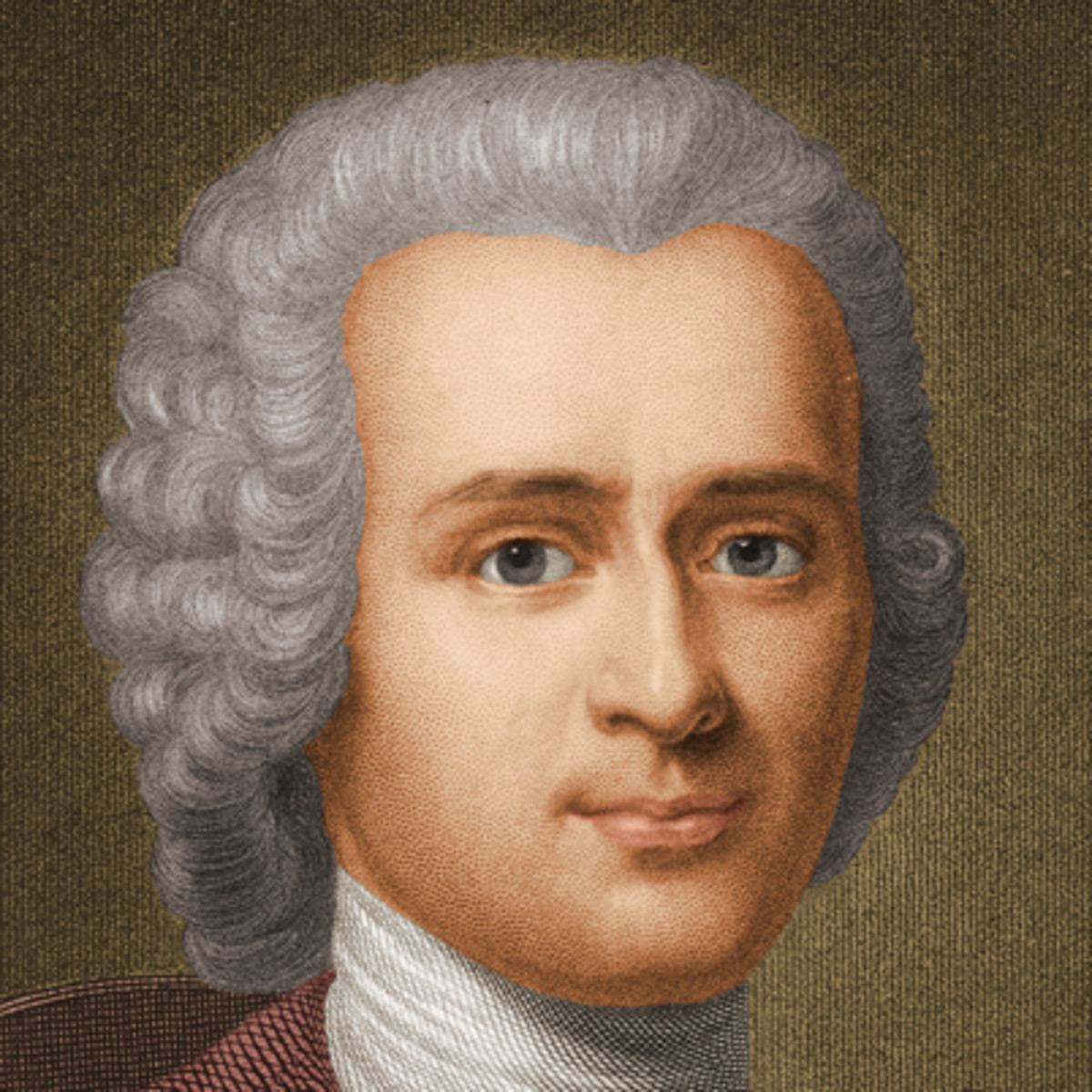It is suggested that the term “Human Rights” has appeared in Europe in the 17th century, but not in the same universal sense that we comprehend today; but rather in the national and international dimensions of man's relation with his country, and the relation of the citizen with his rulers. However, circulating the term “Human Rights”, even though not directly used, has begun long ago. First of all, all heavenly laws mention human rights; heavenly religions set many rules to define rights, norms of transactions, individual and societal behaviors. The term "duties" always follow the term “rights”; the two go hand in hand.
When societies developed, many of them were transformed from tribal to urban, later becoming dependent on state entities. Different governments followed one after the other, varying according to the different countries, customs, and beliefs. As a result, problems of governing regimes among groups of relations emerged. The most prominent of these relationships was the relationship between the ruler and the citizen, the relation of the citizen to those in the ruler's circle and his institutions, in addition to the relationship between the citizens themselves, between them and their country, including their rights and their duties towards it. The answers intertwined and complicated over time; human needs increased, surpassing material needs to emotional, spiritual, cognitive, and mental needs. This manifested in their quest for unlimited knowledge, freedom of expression and ideas.
There was an inevitable need for clear legislation, most of which aimed at preserving the stability of the society, preserving the rights of individuals and institutions, and preserving the public’s system and the prestige of the state. The Magna Carta, or the Great Charter, issued for the first time in 1215 in Britain, was the first legislation governing the complication of relationships, rights, and duties; first and foremost, the authority of the ruler represented in Britain by the king who had absolute authority and will. The Magna Carta was issued to limit this absolute authority, and stipulated that certain freedoms should be granted; it also stipulated that a “free man” should be punished under state law only. Although the Magna Carta was not an ideal text, it was inspiring over hundreds of years to several constitutional texts that were subsequently drafted in different countries, most notably the constitution of the United States.
The theory of the “Social Contract”, which was launched by the great French thinker and philosopher Jean-Jacques Rousseau (1712–1778) in his book that carries the same name and was published in 1762, comes in a unique and clearer formulation of the relationship between the ruler and the citizens, and the relationship between the citizen and his country. The main idea of this theory is that law and the political system are invented by Man; therefore, they are simply considered as means to achieve a higher goal, which is the benefit of the individuals covered by the social contract. This contract derives its legitimacy from the commitment of all its members to what they have agreed upon; thus, Rousseau made the citizen a partner of the ruler and his contractor. In his era, this idea represented a great revolution in comparison to the prevailing thought of the rule by divine right, the absolute authority of the King, and the religious authority supporting it. The Social Contract book was one of the main sources of inspiration for the outbreak of the French Revolution in 1889, eleven years after the death of the book’s author.

From the French Revolution, the first Declaration of Human and Citizen's Rights was issued by the National Constituent Assembly on 26 August 1789. It is considered one of the basic documents of the French Revolution and one of the main references in the world for the drafting of future human right texts. This Declaration defines the individual rights of citizens and the collective rights of the nation. The Declaration ensures the human's right to liberty and to live under the rule of law, as well as the dual rights and obligations, which emerged clearly with this Declaration.
The Universal Declaration of Human Rights with its 30 articles, adopted by the United Nations on 10 December 1948, is considered a text coronating the long human struggle through tens of centuries, during which people suffered from the lack of rights, injustice, and oppression. Man’s knowledge developed and his desire for affirming his rights and freedoms has flared up; he sought to assert and protect his humanity from every intolerant aggressor. It is not a surprising fact that the structure of this declaration depended mainly on the British Magna Carta and the French Declaration of Human and Citizens Rights.
Yet, people are still striving for their rights in every part of the world, and humanity continues to seek the assertion of the rights to freedom, dignity, and peace.